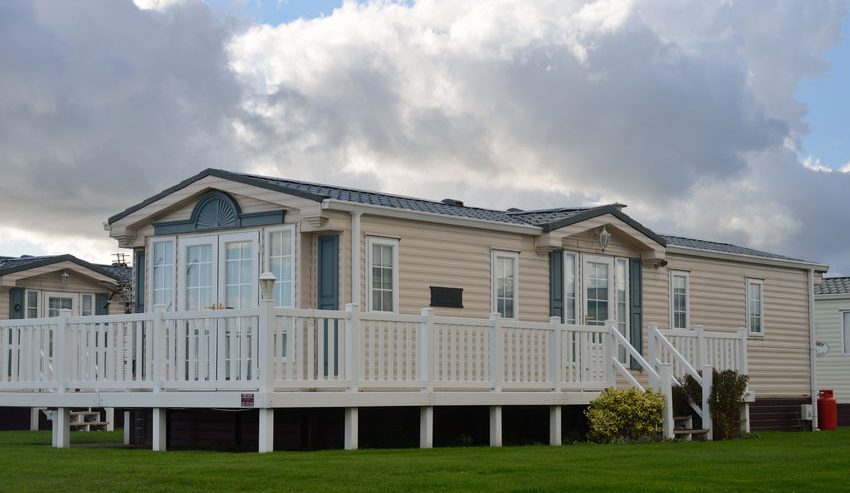Mobile Home Roof Repair
More than any other type of structure, the roofs of mobile homes need regular maintenance to keep them in tact throughout the harshest weather months of the year. With winter fast approaching, it’s important that you address any problems your mobile home roof might be experiencing so that you can prevent large, expensive repairs down the line. Luckily, after learning about common roofing problems and accessing some maintenance tips, you should be able to keep your roof functioning the way you need throughout the year. Keep reading to learn about mobile home roof repair and find out how you can prepare your roof to survive the upcoming cold of the winter months.
Common Problems
Nearly every type of mobile home roof has the same laundry list of problems. Leaking, of course, is the biggest, most common issue with mobile home roofs, whether due to damage, wear over time or improper installation. Moisture can pose a particular problem for your mobile home, and any sign of water spots or mold should be immediately looked into. Over time, as you’re probably aware, roofs will become less capable of regulating the temperature within your home as the special granules or coating wears away and lets heat in or out. The materials may warp over time leaving them vulnerable to strong winds or cave-ins from significantly heavy snow.
Where roof types differ is in how wear and tear will affect them, how much they will cost to replace and how often these replacements or repairs will be needed. Metal is more expensive, but longer lasting, while rubber is efficient but much less durable. If you’re considering a roofing repair, you should examine every material at your disposal to determine which one is right for your mobile home.
Common Materials
Mobile homes have a lot of material options available these days, but the tried and true materials are typically either metal or rubber. Both materials can also be adapted to increase their utility, with metal usually combined with coating or constructed with corrugation, and rubber coming in seamed and seamless varieties. Each option has its advantages and disadvantages that you should carefully consider before making any installation decision.
Coated metal roofs combine a metal base with some type of chemical coating to reflect light and heat, while also preventing moisture from creating rust. These coatings must be replaced more often than corrugated metal, but are easier to fix. Corrugated metal is a strong, affordable type of roof, but may lack the insulating power of a sealed metal.
Seamless rubber is a liquid coating that is poured over a roof which solidifies and forms a layer of protection with no seams for moisture to leak in. However, for roofs where seamless rubber coating is not feasible, there are also seamed rubber sheets which can connect to form a solid layer.
Common Repairs
Roofs that utilize coating must be cleaned regularly and have cracks filled in or replaced to prevent continuous leaking, as adding a new coat alone does not guarantee a fixed leak. Corrugated metal or seamed rubber should be checked for separation from joints and reattached or replaced accordingly. To make sure that the roof of your mobile home lasts well into the future, it’s important that you perform these regular maintenance and repair tasks so that you can catch small problems before they get out of hand.
Possibly more than any other roofing type, the roof of your mobile home needs regular attention to extend its lifespan. To protect your home during the year’s toughest months, it’s important to engage in regular mobile home roof repair, which can save you a lot of money on a future replacement.





Comments
Comments are disabled for this post